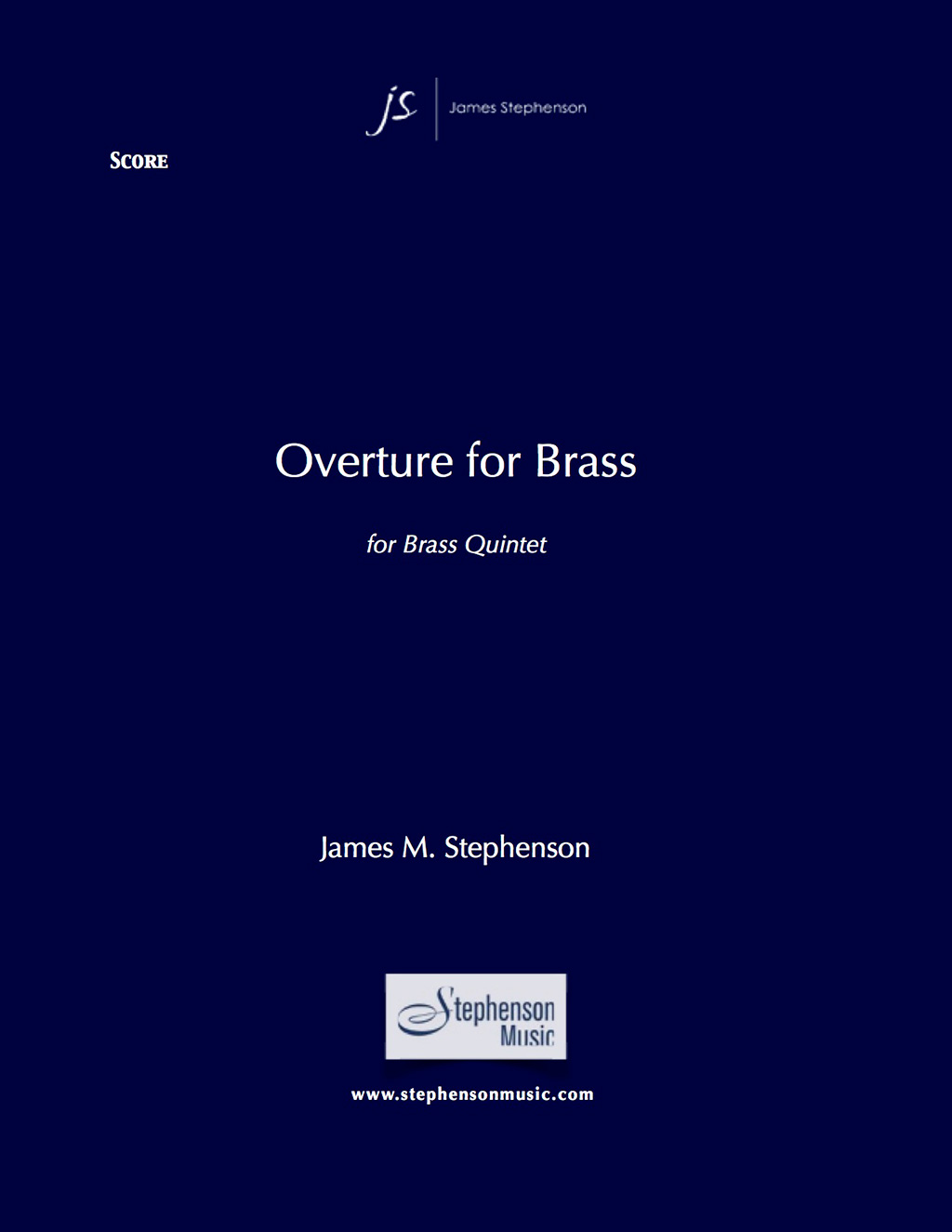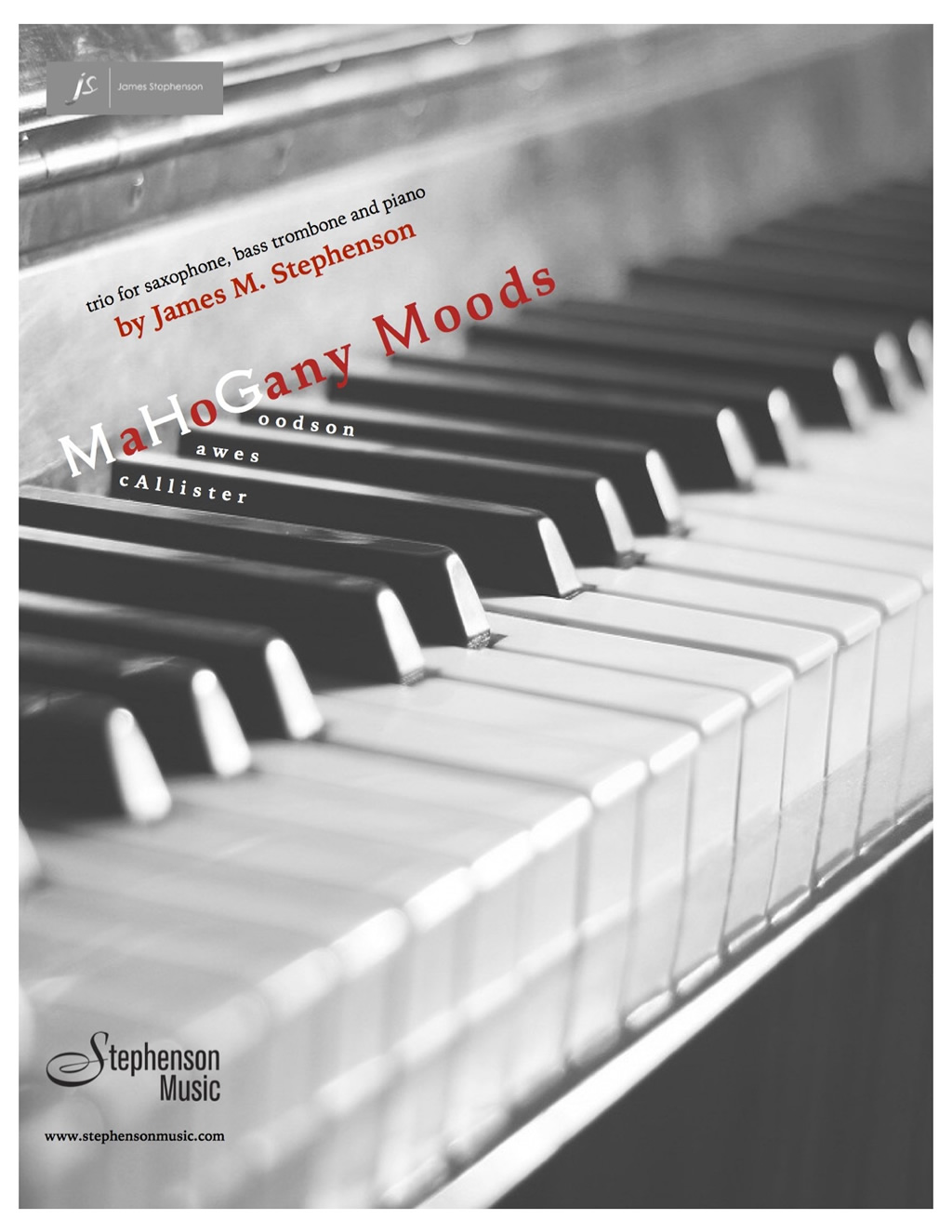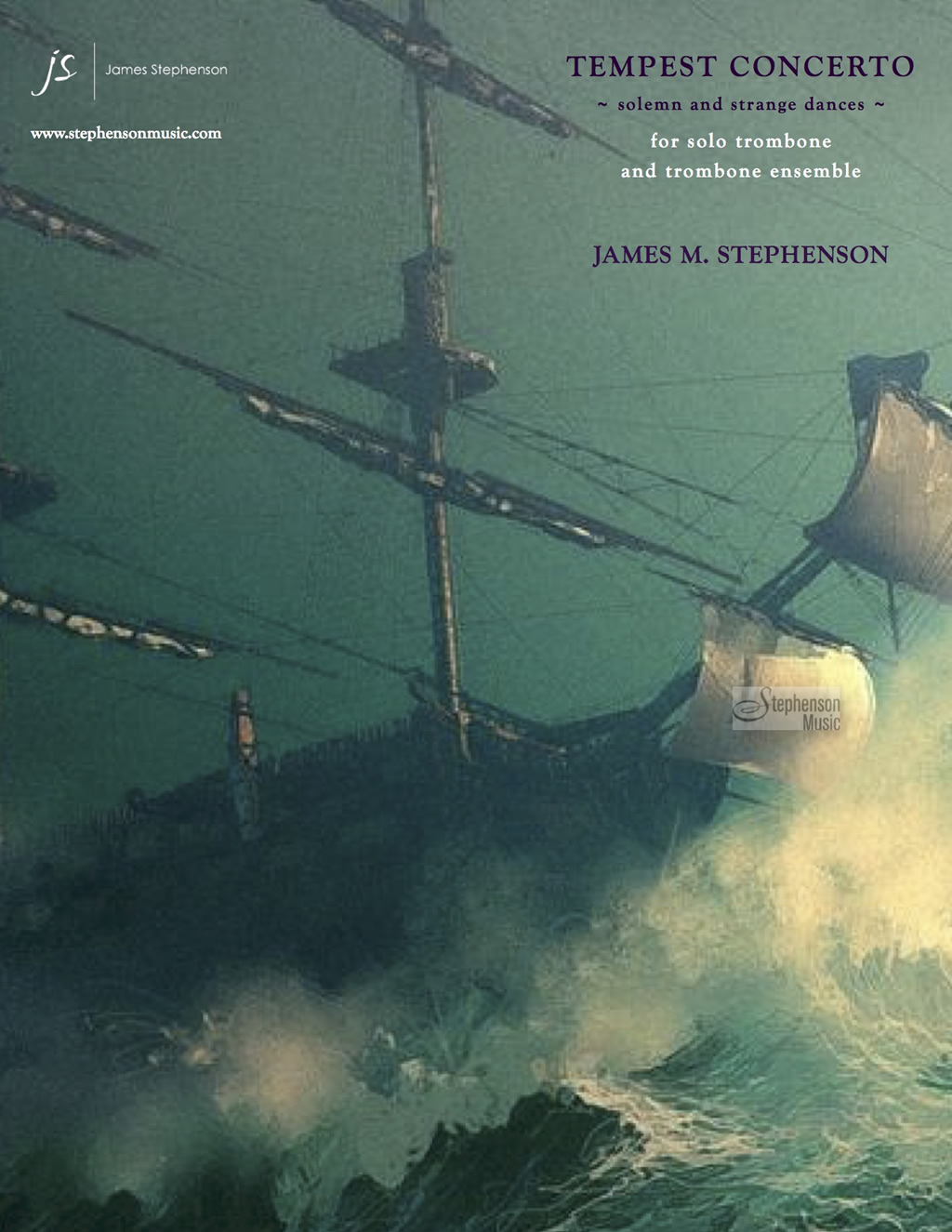Cocoon
$100.00
13′
For oboe, clarinet, violin, trombone, percussion, harp, and piano
[waveplayer ids=”13763″]
Description
Cocoon
for chamber sextet:
oboe, clarinet, violin, trombone, percussion, harp and piano
by James M. Stephenson
Duration: 10 minutes
Commissioned jointly by the National Center for Ecological Analysis and Synthesis (NCEAS) and Music Academy of the West.
Premiered on July 19, 2019 by the Music Academy of the West
Program notes – by the composer
I was in Santa Barbara in the summer of 2017, premiering a new work I had composed
for the Music Academy of the West. In the audience was Will McClintock, a former trumpet
player turned scientist. Will and I had gone to high school together at the Interlochen
Arts Academy, and it was a wonderful reunion after some 30 years.
Will suggested an idea where I might compose music based on the work done by
scientists at the National Center for Ecological Analysis and Synthesis (NCEAS), and where
a partnership might be hatched between NCEAS and the Music Academy of the West.
Discussions ensued, and the partnership was realized, with a resulting chamber sextet
called “Cocoon”.
“Cocoon” is the result of my week-long residency in Santa Barbara in 2018, interviewing
scientists working at NCEAS and learning about their passion and processes through which they
work.
I was most struck by their process of synthesis, where they have an open-sourced approach to
researching and hopefully solving the many problems that face our marine environment.
To me this led to the idea of a chamber music work representing sitting around the conference table
(which they do at NCEAS), where an idea might be presented by one, and commented upon by another,
before taking the music in a new direction with new thoughts and ideas. Sort of a “yes, but what about this?”
approach.
The instruments represented in “Cocoon” stem from my interviews I had with the scientists at NCEAS. Many
had played instruments when younger (or still do), or, the words or images they used inspired me to use the
instruments I did. My regret is that I could not include all of the scientists I interviewed, as they were all fascinating people. The instruments I used are (in order of appearance) after an initial excited bubbling conference room atmosphere):
Tombak (Will McClintock): although Will was a trumpet player when we first knew each other, he sent me a video of himself performing on a Tombak. I knew I had to include this somehow, and start with Will, because this whole project is because of him. The music I wrote is a direct quote of some of his improvised solo work.
Clarinet (Ben Halpern): Ben is the director at NCEAS, and next to Will, the one with whom I spent the most time.
Ben played the clarinet in his youth. While Ben is very relaxed in person, my sense is that there is a lot of activity going on inside his brain. Hence the energetic music.
Piano (Halley Froehlich): Halley was the first I interviewed. Her energy and enthusiasm set the stage for the week. While she didn’t mention an instrument, I chose the piano for her, because I knew my initial interview with her would “accompany” all those who followed, as they all delivered passion with such palpable reality.
Oboe (Geoff Willard): Geoff did have a calming confidence to him. While he didn’t play the oboe, he drew on the whiteboard the image of an ouroboros, when describing our marine world. The image is that of a snake eating its own tail, and
the serpentine look spoke oboe to me. The image also evoked that of the circle of 5ths (which also essentially eats its own tail), so the oboe section cycles through almost all of the 5ths in order as it works its way through the music.
Trombone (Casey O’Hara): Casey plays trombone and trumpet in a funk band on the side. While the music I wrote isn’t necessarily “funky”, it does evoke another popular idiom, that more of a blues band. Casey mentioned two things which stuck with me: 1) “call and response” – where one scientist says something, and another says “yes, but
what about this” (this is a very bluesy idea). 2) the Silk Road project, where completely unrelated instruments (scientists from all around the world) have to work together.
Violin (Jenny Seifert): I was in touch with Jenny on several occasions, in her role as communications director. Jenny played the violin (fiddle) and was to be married in Scotland, so I knew I had to put some “fiddling” in this piece, Mark Schildhauer, a semi-retired ecologist with whom I spoke, also had an affinity for violin in a blues/jazz role.
Harp (Grqce Goldberg): Grace was my last interviews, hence last to enter in this piece. We had a wonderful discussion, and follow-up emails. Grace plays the guitar, but I was unable to use guitar in this piece (no studio at MAW), so I chose the closest thing, harp. The harp also helped accompany the fiddling of the violin.
The piece is entitled “Cocoon” because of the butterfly logo of NCEAS. It also represents all of the bubbling energy that
takes place inside their office space: ideas that develop and metamorphosize before being released into the world as beautifully created conclusions.
My sincerest thanks goes out to my good friend Will McClintock, for hatching this idea in the first place. And to Ben Halpern, and all of the scientists and staff (Ginger!) at NCEAS, for taking time out of their day to meet with me, and to forever inspire me, and shape my view of their world. My thanks to Patrick Posey, former administrator at Music Academy of the West, for managing this project and helping to see it through. And of course, to the musicians and other staff at MAW, for their equal dedication to their craft.
Jim Stephenson; April 1, 2019
Additional information
| Duration | |
|---|---|
| Featured Instrument | |
| Type of Purchase | |
| Type of Work |





